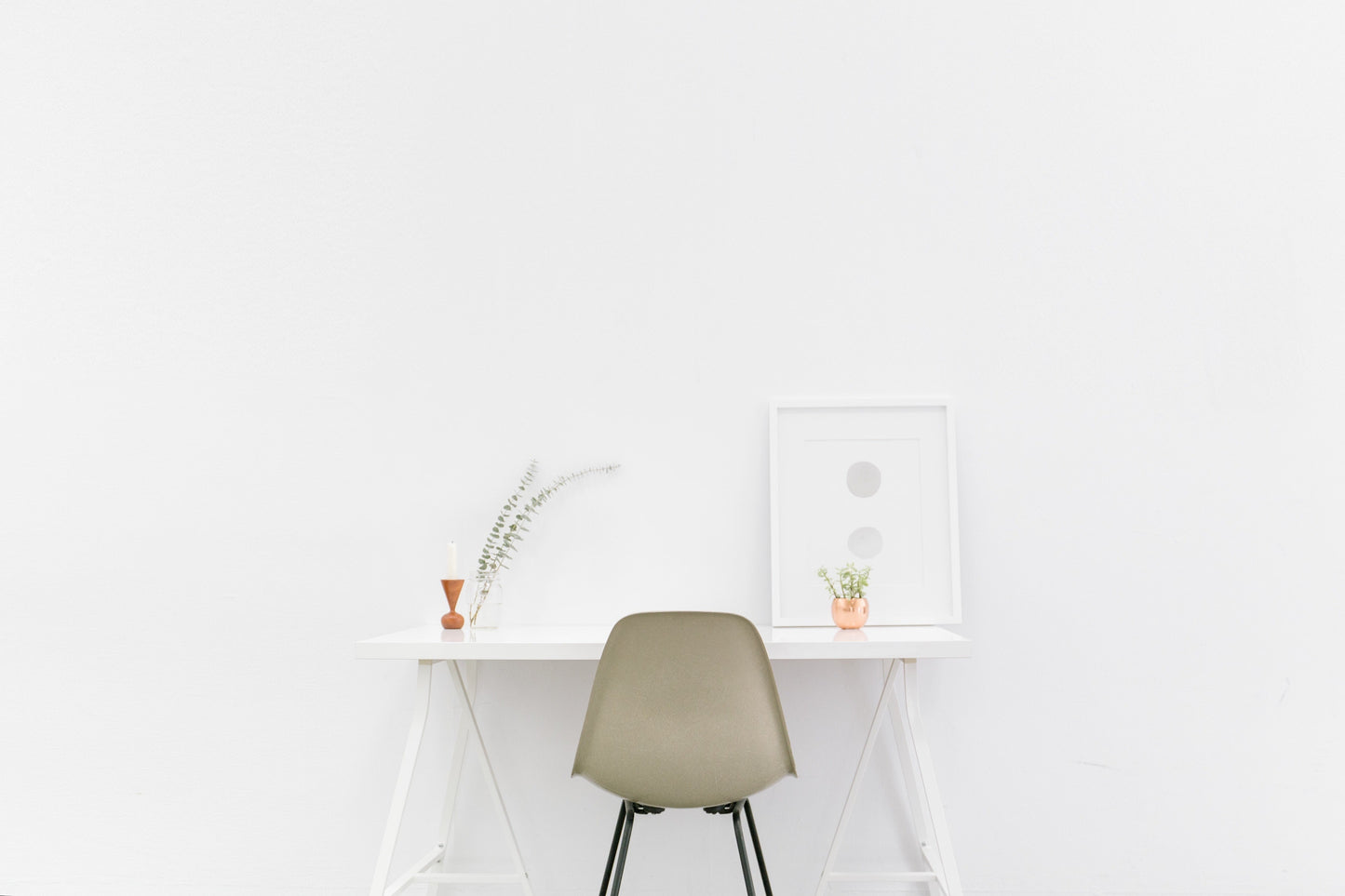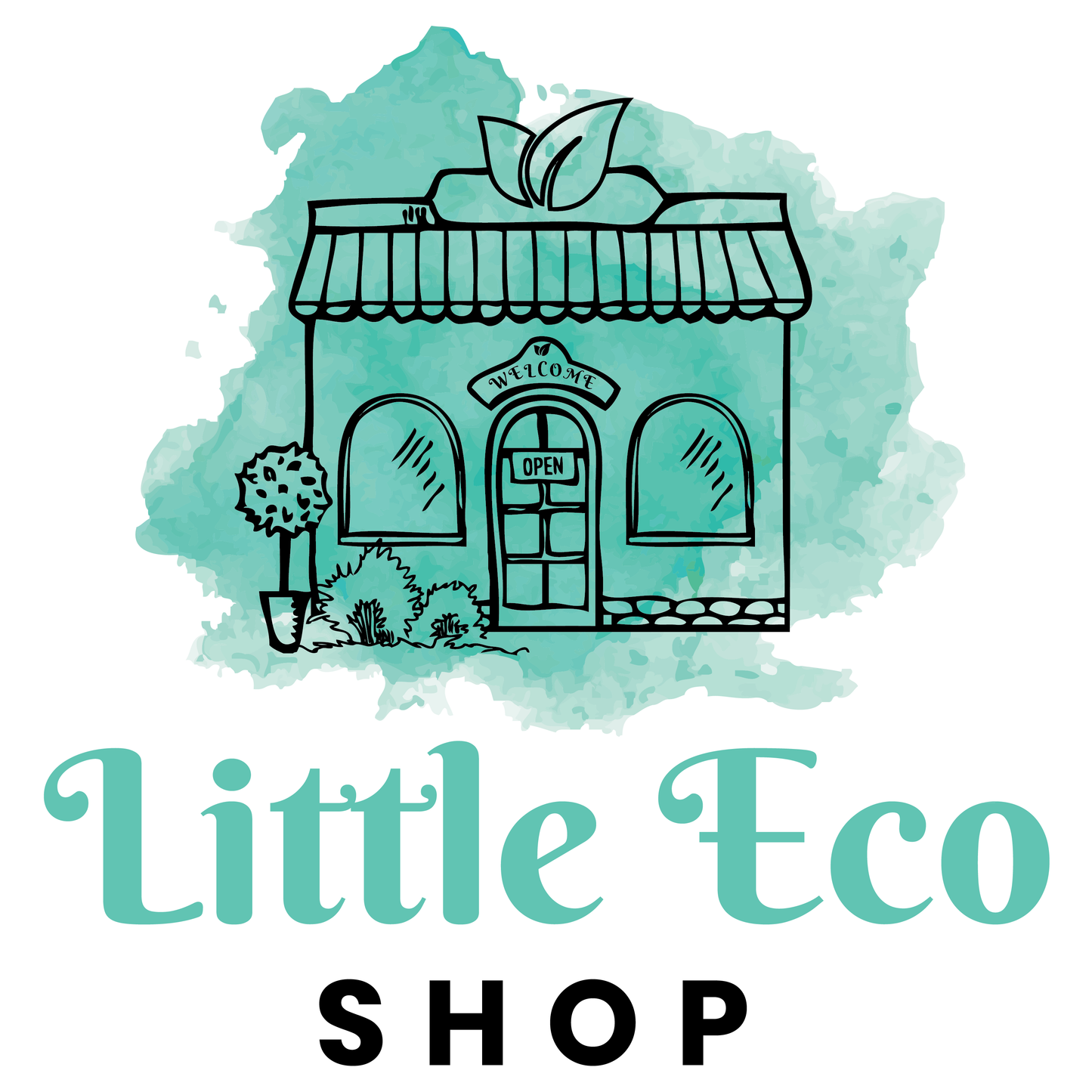
Minimalism’s focus on conscious consumption marries perfectly with sustainability – when we buy less trend-based, low-quality items, it sends a clear message to retail giants: “stop mass-producing cheap crap!” This reduces greenhouse gas emissions created by the manufacture, supply and storage of new products, and by the time that they spend in landfill, once everyone moves onto the next shiny object.
But if every corner of your home is dominated by mounds of clutter, the idea of going minimalist might seem too much to bear. This is especially true if you’re concerned about the impact of tossing countless unwanted belongings into landfill. Not to worry - we’ve got you, boo! We’re cutting right through the overwhelm with these simple tips to help you embrace minimalism, while doing right by the environment.
While Buddhism and Japanese Zen philosophy have spruiked the benefits of minimalism for millennia, it wasn’t until Marie Kondo hit our Netflix screens in 2019 that minimal living really exploded. Fast forward to 2021 and minimalism has born its own design aesthetic, known as Japandi, blending simple, functional Scandi style with Japanese rustic minimalism – and it’s set to dominate Pinterest boards the world over.
When I first heard of minimalism, I pictured a stark, sparsely populated home with zero clutter, devoid of the warmth and charm lent by photo frames and soft furnishings and dominated by monochrome. But what is minimalism, really? It’s ruthlessly editing the sea of ‘stuff’ in our homes, ensuring that each item serves a purpose and is well-used and that any new purchases are well-considered.
Minimalism’s focus on conscious consumption marries perfectly with sustainability – when we buy less trend-based, low-quality items, it sends a clear message to retail giants: “stop mass-producing cheap crap!” This reduces greenhouse gas emissions created by the manufacture, supply and storage of new products, and by the time that they spend in landfill, once everyone moves onto the next shiny object. We know that our purchasing behaviour has impact, otherwise the big corporates wouldn’t be stepping all over each other to prove to us that they’re the most “sustainable”.
There’s not much, or anything, not to love about minimalism – saving money on useless junk that you’ll be bored with in five minutes? Check! Improving mental clarity and reducing stress? Check! No threat of entanglement by a labyrinth of old phone cords? Check! Lightening your eco footprint? Check! But if every corner of your home is dominated by mounds of clutter, the idea of going minimalist might seem too much to bear. This is especially true if you’re concerned about the impact of tossing countless unwanted belongings into landfill. Not to worry - we’ve got you, boo! We’re cutting right through the overwhelm with these simple tips to help you embrace minimalism, while doing right by the environment.
One room at a time
You know what they say about Rome. The idea of decluttering a lifetime of accumulated belongings in one day would send even Marie Kondo spiralling. When you commit to tackling one room, or even cupboard/drawer, every so often, you allow time to fully consider the items in each room, properly organise and store what you decide to keep, and discard of undesirables in an eco-conscious manner. Further to this point, don’t pull out everything in your pantry or wardrobe at once – take it shelf by shelf or drawer by drawer, or the task may seem insurmountable.
Use it or lose it
If you’re finding it hard to part with certain items, ask yourself: have you used or worn them within the last 12 months? Are they still fit for purpose? Did you forget they existed over the many months they remained buried in the junk drawer or tucked away in your closet? I have this bad habit of holding onto old greeting cards and clothing that no longer fits, insisting that I’ll one day slim down. We all have our weaknesses, but we have to push sentimentality to the side and be practical. It’s reasonable to hold onto that one card from gramps that sparks happy memories but lose the rest. And why keep unworn clothes when I can make a buck letting someone else give them a new lease on life? Which brings me to my next point …
Don’t bin everything!
Do you best to sort your unwanted items into kerbside recyclables, charity donations, saleable items and items you’re unsure if you can recycle. This is made easier if you can get hold of some old boxes from your nearest grocery store and label them. Put sell-worthy items on Gumtree or Marketplace and check out Planet Ark’s recyclingnearyou.com.au for information on how to recycle obscure bits and bobs, like e-waste. Also consider joining your local Facebook Buy Nothing Community Group and give away your unwanted belongings. One man's junk is another man's treasure, after all.
Sure, there will be damaged or outdated items that will go to landfill, but a good portion of your clutter should be able to be reused or recycled.
If you come across an item that you adore but it’s damaged or not fit for purpose, consider if it’s able to be mended. This is especially true for clothing. Too-big items can be taken in and vice versa, while broken zippers and buttons are an easy fix, and faded or stained items can be redyed (look for low-impact dyes).
Storage containers are your friend
It seems counterintuitive to go out and source new items for the home when you’re trying to consume less, but you haven’t known joy until the contents of your pantry and linen press are compartmentalised by labelled containers. Labelled storage helps you to assess and easily access what you have, reducing the chance that you’ll go out and buy extras by mistake. That said, you don’t need to go to the $2 shop and stock up on plasticky wicker baskets. Check out second-hand stores for baskets, jars and other organisational goodies; source reclaimed timber crates for large items, like towels and throws, and ethically woven seagrass baskets in a variety of sizes.
When it comes to labelling, chalkboard labels are handy because you can rub out the chalk as needed and use for different things (find on Etsy). Plan carefully before sorting your storage to ensure that you only bring in as many containers and labels as you need.
Become a minimalista
Forget the fashionistas – keep it stylish and minimal by embracing the capsule wardrobe. Pay less attention to trends, choose clothing styles and colours that mix and match well, like black, white, neutrals and denim and invest in high-quality pieces that will endure. In doing so, we lessen the need to go out and buy additional pieces to match that loud pattern or colour. Consider how much you’ll wear a style before buying and look to vintage stores over buying new. Be mindful also to choose sustainable fabrics, like organic cotton, linen, hemp and wool, and buy from labels who embrace sustainable practices.
Find your signature
Predictability is the great salvation of time, money and space. Plus, it’ll reduce your consumption and eco footprint. Find a scent, nail colour, lipstick etc that you adore and stick with it. This concept can carry over to the whole of your beauty and personal care routine. Even better, if you can find double duty items, like moisturiser + SPF. This way, you won’t accumulate endless lotions and potions and your morning routine will be that much simpler!
